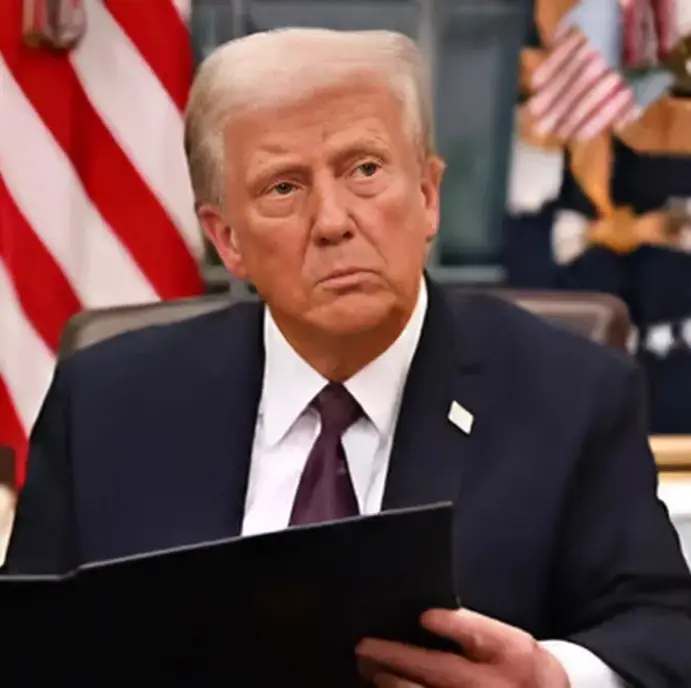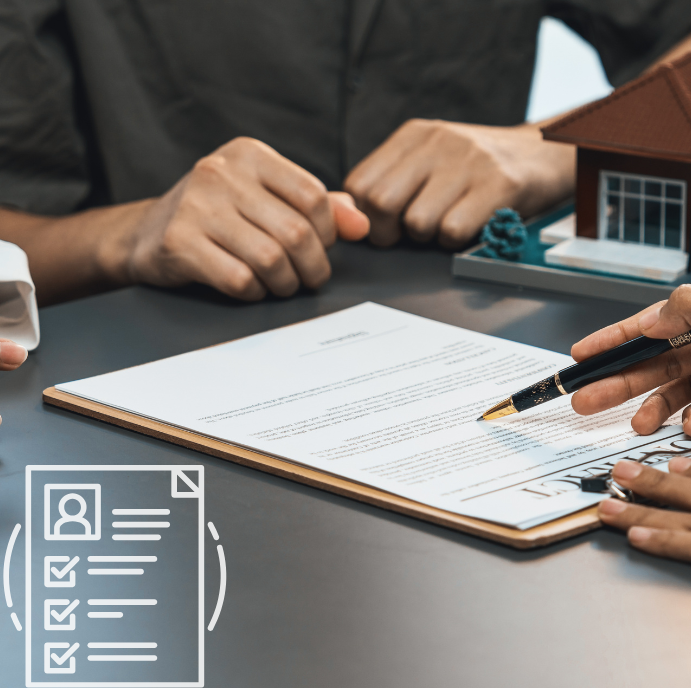|
Getting your Trinity Audio player ready...
|
Almost immediately after taking office, President Trump announced a sweeping series of tariffs—25% on all Mexican and Canadian imports, an additional 10% on Chinese goods, with similar measures targeting other countries around the world. This wave of protectionist policy has left the global real estate investment community holding its collective breath.
For the Japanese investor eyeing a Miami condo development, the German buyer considering a single-family rental in suburban Chicago, or the Israeli family looking at a Manhattan townhouse, a single question emerges: “What does this mean for my U.S. real estate investments?”
While diplomatic tensions simmer and global markets react to these far-reaching tariffs, the fundamentals that make American real estate attractive haven’t vanished overnight. The U.S. still offers political stability, transparent property rights, and metropolitan growth that few countries can match.
Whether you’re already heavily invested in American properties or considering your first U.S. acquisition, understanding these shifting economic forces is crucial to positioning your portfolio for success in this new Trump tariff era.
Investment Opportunity or Warning Sign for Foreign Buyers?
For foreign real estate investors scanning U.S. markets, President Trump’s tariff policy creates a complex landscape of both challenges and potential advantages. With tariffs now hitting Canada and Mexico at 25% and additional levies on Chinese imports, the ripple effects through real estate markets are just beginning to materialize.
Warning Signs: Construction Costs and Market Uncertainty
The most immediate concern for investors centers on rising construction costs. With Canadian softwood lumber—a critical component in U.S. home construction—now subject to steep 25% tariffs, builders are facing significant cost increases. An analysis by Associated Builders and Contractors reports that construction input prices have already registered the largest jump in two years, with steel, aluminum, and electrical components seeing particularly sharp increases.
For development projects already underway, these cost spikes create serious budget concerns. Industry analysts project that the new tariffs could increase total construction costs by 8-12% by year’s end, potentially turning profitable projects into break-even endeavors or worse.
The new home market appears particularly vulnerable. Economic forecasts suggest that tariff-related materials increases could raise new home prices by $17,000-$22,000 on average—a significant consideration for investors in residential development. Commercial properties face similar pressures, with metal components and HVAC systems among the most affected categories.
Opportunity: Market Dislocations Create Entry Points
Despite these headwinds, several factors suggest the current environment may actually benefit strategic foreign investors.
First, market uncertainty tends to create buyer hesitation, potentially reducing competition for prime properties. Domestic investors may pull back from new acquisitions while assessing the tariff impact, creating a window for international buyers with capital waiting on the sidelines to seize properties at favorable terms.
Second, while new construction faces cost challenges, the existing property market may see increased demand as buyers shift away from increasingly expensive new builds. This trend could accelerate appreciation in established properties, particularly in supply-constrained markets like Boston, Miami, and New York.
For investors with a long-term horizon, the current situation presents unique opportunities in distressed assets. Projects stalled due to materials cost overruns may become available at discounted rates, allowing well-capitalized foreign investors to acquire partially completed properties below replacement cost.
Currency arbitrage adds another layer of opportunity. With trade tensions typically strengthening the dollar against many foreign currencies, the tariff situation creates a complex calculus: higher property costs offset by potentially favorable exchange rates for some international buyers.
Why the Rental Market Could Become Your Best Friend
When construction costs rise due to tariffs on building materials, new housing development slows, restricting supply while demand remains strong. This imbalance creates favorable conditions for rental property owners, with potentially stronger cash flows and more stable occupancy rates.
The demand for rentals appears particularly strong in high-growth markets that continue to see population increases and job expansion.
Cities like Austin, Columbus, Indianapolis, and Atlanta combine economic vitality with lifestyle appeal and rental stability. Even suburban areas near major employment hubs have emerged as rental powerhouses, with places like Frisco (near Dallas) showing remarkable resilience.
For international investors concerned about currency fluctuations and construction volatility, established rental properties provide what development projects cannot: immediate cash flow with more manageable variables.
With the U.S. facing a structural housing shortage estimated at over 4 million units and mortgage affordability challenges persisting, the fundamentals supporting rental demand appear solid for the foreseeable future.
Smart Strategies Survive and Thrive in the New Tariff World
In this new world of Trump’s tariffs, foreign investors who adapt quickly will find themselves at a competitive advantage. Here are the key approaches to consider implementing in the U.S. real estate market:
1. Geographic Diversification – Spread investments across multiple regions to minimize exposure to localized tariff impacts, balancing appreciation-focused coastal markets with cash-flow driven heartland opportunities.
2. Asset Class Variation – Reduce concentration in construction-heavy projects by adding established properties to your portfolio that require fewer tariff-affected materials.
3. Value-Add Over Development – Shift focus from ground-up construction to improving existing properties where operational enhancements drive returns rather than extensive renovations.
4. Extended Investment Horizons – Consider longer hold periods of 7-10 years that allow properties to appreciate through potential short-term tariff disruptions.
5. Specialized Financing Solutions – Work with lenders like Lendai who understand foreign investor challenges and offer financing structures tailored for international buyers in complex market conditions.
Ready to implement these strategies? Contact Lendai to discuss financing solutions specifically designed for foreign investors in today’s changing U.S. real estate market.






